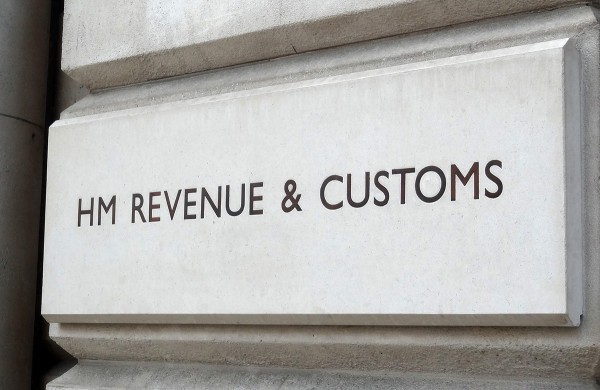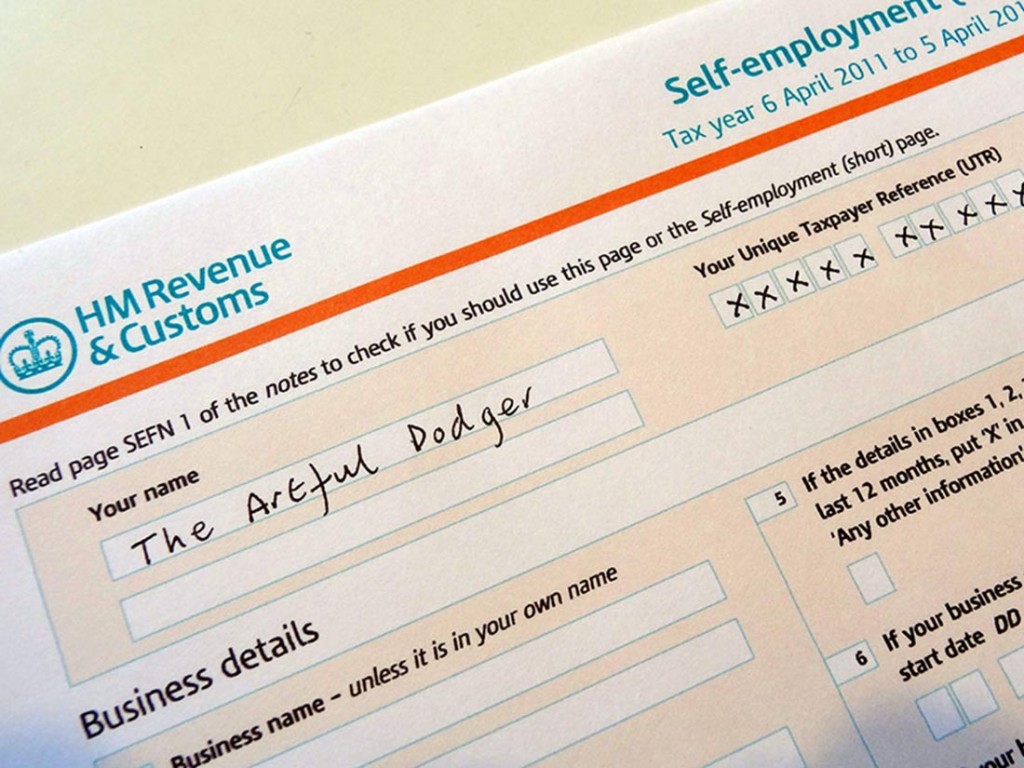Avoiding taxes
 Tax avoidance has been in the news since the publication of the Panama papers, which show the use of offshore tax havens by rich individuals and companies, partly for tax avoidance, partly for money laundering and other criminal activities – some by corrupt politicians and their associates – and partly to take advantage of lower regulation of financial dealing.
Tax avoidance has been in the news since the publication of the Panama papers, which show the use of offshore tax havens by rich individuals and companies, partly for tax avoidance, partly for money laundering and other criminal activities – some by corrupt politicians and their associates – and partly to take advantage of lower regulation of financial dealing.
There are many tax havens around the world, including Switzerland, Hong Kong, British overseas territories (such as the British Virgin Islands, the Cayman Islands and Bermuda), Jersey, Singapore and certain US states  (such as Arizona, Delaware, Nevada and Wyoming).
(such as Arizona, Delaware, Nevada and Wyoming).
Here we focus on tax avoidance. This is the management of tax affairs by individuals or firms so as to avoid or minimise the payment of taxes. Tax avoidance is legal, unlike tax evasion, which is the practice of not declaring taxable income.
In a statement from the White House, directly after the publication of the Panama papers, President Obama spoke about the huge international scale of tax evasion and tax avoidance:
“A lot of it is legal, but that’s exactly the problem. It’s not that [people are] breaking the laws, it’s that the laws are so poorly designed that they allow people, if they’ve got enough lawyers and enough accountants, to wiggle out of responsibilities that ordinary citizens are having to abide by.
Here in the United States, there are loopholes that only wealthy individuals and powerful corporations have access to. They have access to offshore accounts, and they are gaming the system. Middle-class families are not in the same position to do this. In fact, a lot of these loopholes come at the expense of middle-class families, because that lost revenue has to be made up somewhere. Alternatively, it means that we’re not investing as much as we should in schools, in making college more affordable, in putting people back to work rebuilding our roads, our bridges, our infrastructure, creating more opportunities for our children.”
Tax avoidance, whether in tax havens, or through exploiting loopholes in the tax system may be legal. But is it fair?
Various principles of a tax system can be identified. These include:
| • | Horizontal equity | People in the same situation should be treated equally. For example, people earning the same level of income and with the same personal circumstances (e.g. number and type of dependants, size of mortgage, etc.) should pay the same level of income tax. |
| • | Vertical equity | Taxes should be ‘fairly’ apportioned between rich and poor. The rich should pay proportionately more taxes than the poor. |
| • | Equity between recipients of government services | Under the ‘benefit principle’, it is argued that those who receive the most benefits from government expenditure ought to pay the most in taxes. For example, it can be argued that roads should be paid for from fuel tax. |
| • | Difficulty of evasion and possibly of avoidance | If it is desirable to have a given tax, people should not be able to escape paying. |
| • | Non-distortion | Taxes alter market signals: taxes on goods and services alter market prices; taxes on income alter wages. They should not do this in an undesirable direction. |
| • | Convenience to the taxpayer | Taxes should be certain and clearly understood by taxpayers so that they can calculate their tax liabilities. The method of payment should be straightforward. |
| • | Convenience to the government | Tax rates should be simple to adjust and as cheap to collect as possible. |
| • | Minimal disincentive effects | Taxes may discourage people from working longer or harder, from saving, from investing or from taking initiative. It is desirable that these disincentives should be kept to a minimum. |
Of course, not all these requirements can be met at the same time. One of the most serious conflicts is between vertical equity and the need to keep disincentives to a minimum. The more steeply the rich are taxed, it is argued, the more serious are the disincentive effects on them likely to be (see the blog post from 2012, The 50p income tax rate and the Laffer curve). Another is between vertical equity and equity between recipients of services. Some of the people most in need of government support are the poorest and hence pay the least taxes.
The crucial question is what is regarded as ‘fair’. What is vertically equitable? According to the second article below, people’s preferred tax rates depend on how information is presented. If information is presented on how much tax is paid by the rich, people generally feel that the rich pay too much. If, however, information is presented on how much income people are left with after paying tax, people feel that the rich still have too much and ought to pay more tax.
 The majority of people in the UK feel that tax avoidance, although legal, is morally wrong. According to the results of an HMRC survey in 2015, “the majority (63%) of respondents felt that the use of tax avoidance schemes was widespread. However, the majority (61%) also responded that it was never acceptable to use a tax avoidance scheme. The most frequent reason given as to why it was unacceptable was that ‘it is unfair on others who pay their taxes’.”
The majority of people in the UK feel that tax avoidance, although legal, is morally wrong. According to the results of an HMRC survey in 2015, “the majority (63%) of respondents felt that the use of tax avoidance schemes was widespread. However, the majority (61%) also responded that it was never acceptable to use a tax avoidance scheme. The most frequent reason given as to why it was unacceptable was that ‘it is unfair on others who pay their taxes’.”
In making judgements about the fairness of tax, people generally have inaccurate knowledge about the distribution of income, believing that it is more equal than it really is, and about the progressiveness of the tax system, believing that it is more progressive than it really is. Despite this, they want post-tax income distribution to be more equal.
 What is more, although people generally disapprove of tax avoidance, it is the system that allows the avoidance of taxes that they want changing. As long as it is possible to avoid taxes, such as giving gifts to children to avoid inheritance tax (as long as the gift is made more than seven years before the person’s death), most people see no reason why they should not do so themselves.
What is more, although people generally disapprove of tax avoidance, it is the system that allows the avoidance of taxes that they want changing. As long as it is possible to avoid taxes, such as giving gifts to children to avoid inheritance tax (as long as the gift is made more than seven years before the person’s death), most people see no reason why they should not do so themselves.
The following articles look at tax avoidance and people’s attitudes towards it. They are all drawn from The Conversation, “an independent source of news and views, sourced from the academic and research community and delivered direct to the public.”.
Articles
Explainer: what are ‘tax havens’? The Conversation, Tommaso Faccio (5/4/16)
When it comes to tax, how do we decide what’s fair? The Conversation, Stian Reimers (8/4/16)
Six things a tax haven expert learned from the Panama Papers The Conversation, Ronen Palan (6/4/16)
Documents
The Panama Papers The International Consortium of Investigative Journalists
Exploring public attitudes to tax avoidance in 2015: HM Revenue and Customs Research Report 401 HMRC, Preena Shah (February 2016)
2010 to 2015 government policy: tax evasion and avoidance HMRC/HM Treasury (8/5/15)
Questions
- Distinguish between tax avoidance and tax evasion.
- Give some examples of tax avoidance.
- Look through the various principles of a tax system and identify any conflicts.
- What problems are there in having a highly progressive tax system?
- What is a ‘shell company’? How can it be used to avoid and evade taxes?
- What are bearer shares and bonds? Why were they abolished in the UK in 2015?
- What legitimate reasons may there be for a company or individual using a tax haven?
- To what extent might increased transparency in tax affairs discourage individuals and companies from engaging in aggressive tax avoidance?
- What light does/can behavioural economics shed on people’s perceptions of fairness?
- How might the use of absolute amounts or percentages influence people’s thinking about the fairness of a tax system? What implications does this have for politicians in framing tax policy?
- In the principal–agent problem, where the principals are the tax authorities and the agents are taxpayers, why does asymmetric information arise and why is it a problem? How do the tax authorities seek to reduce this problem?
